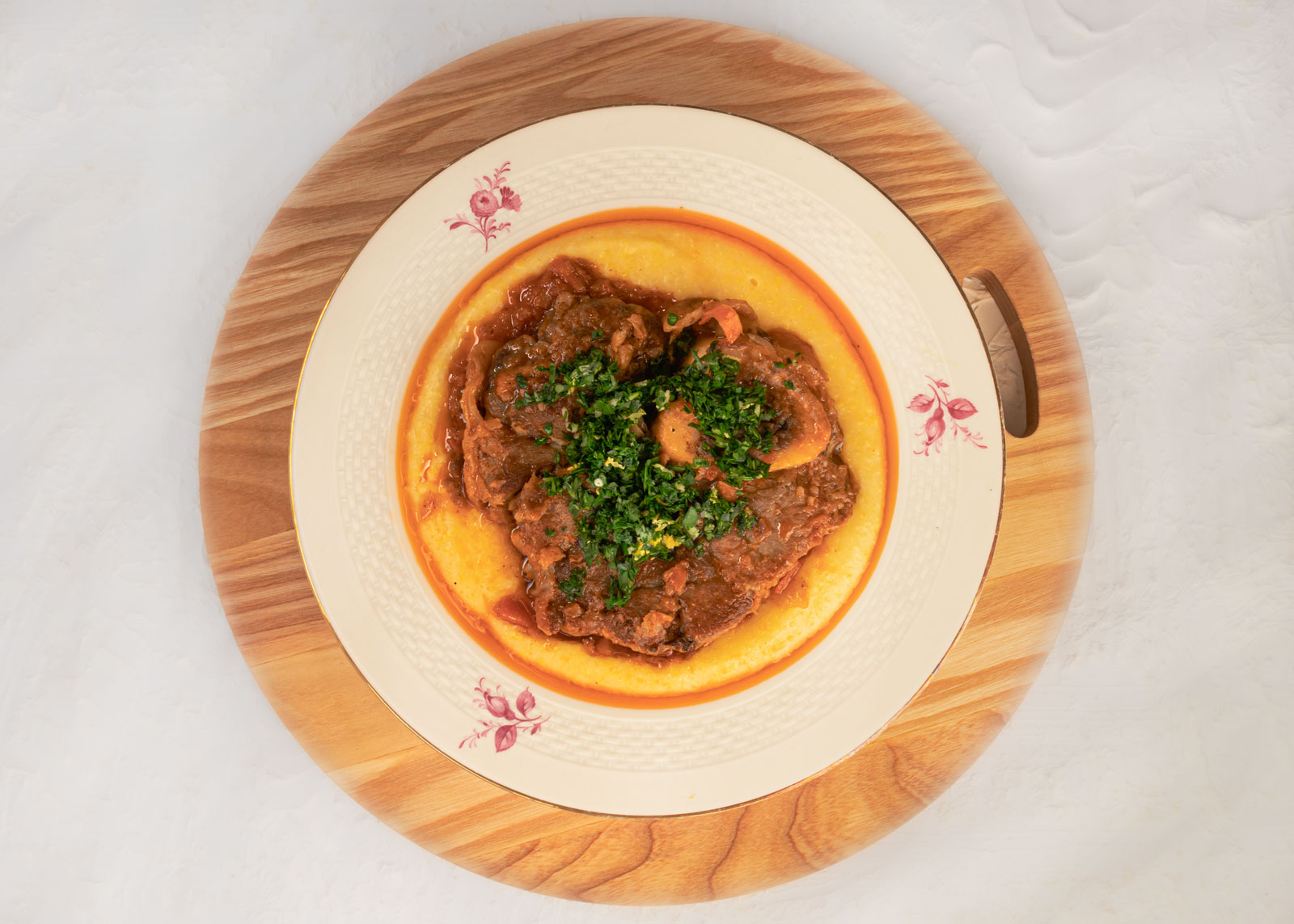
Ossobuco is a typical dish from Lombardy and a slow food classic of Italian cuisine. The leg of veal is braised slowly on the stove or in the oven. The bone marrow is considered a delicacy. A special fork has even been especially designed for it.
The right piece of meat for braised veal
Ossobuco literally translates as "bone with a hole". The original Milanese recipe uses only veal, because the younger the animal, the more tender the meat. However, you will also find recipes with beef. The ossobuco should come from the muscular hind leg of the animal. Other, more sinewy leg parts are used for hearty soups, stocks and sauces. It is best to order the meat from your trusted butcher. It should be cut 3-4 cm thick.
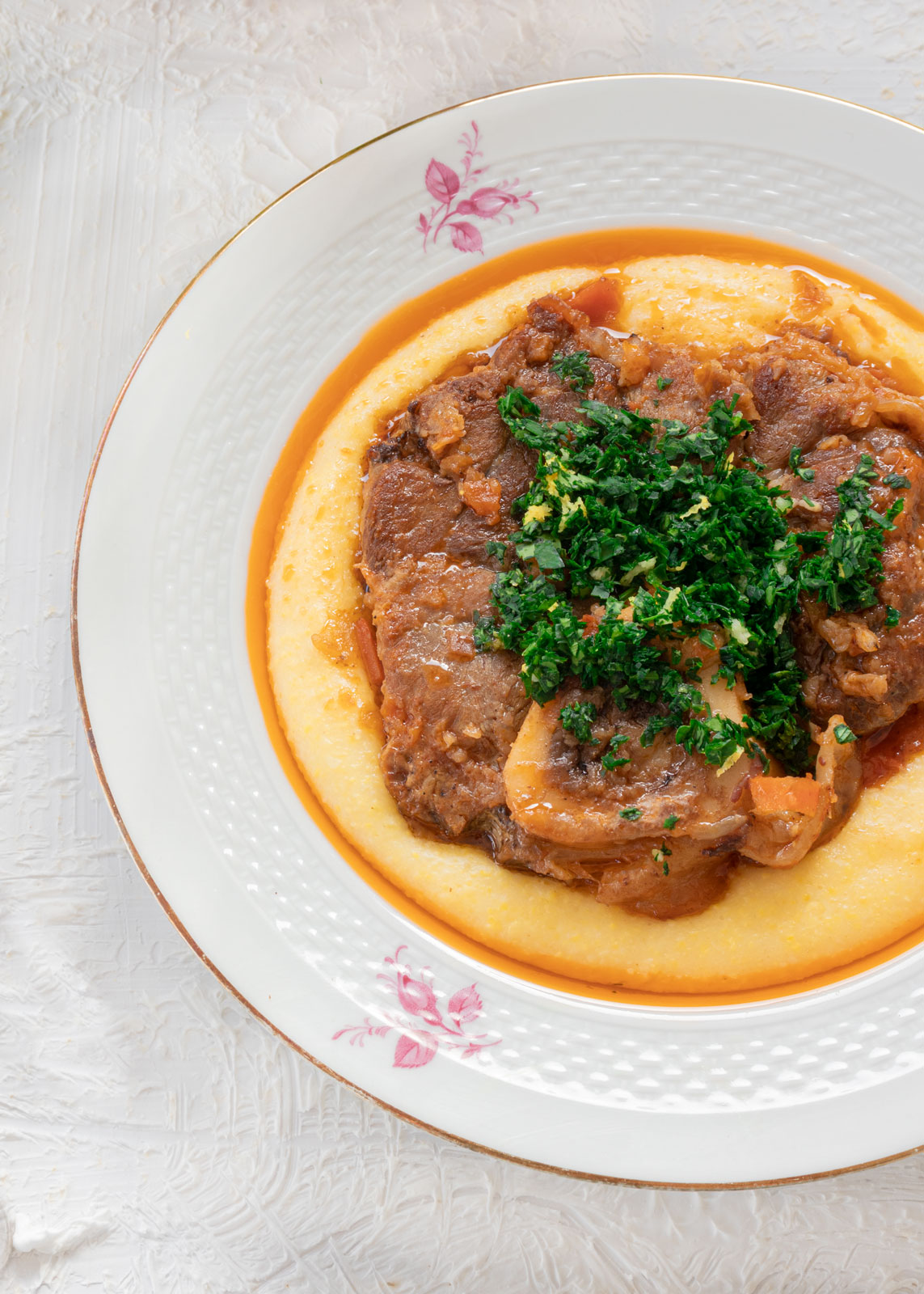
Tips from chefs
The ossobuco recipe from Milan is believed to have originated in the 18th century. The famous gastronome, Pellegrino Artusi, also describes this dish in his book L'arte di mangiar bene (1891). In keeping with northern Italian tradition, he recommends using butter, which gives the ossobuco “a beautiful softer idea”. He also advises carefully removing some of the fat that oozes out during stewing.
Gremolada, Polenta, Risotto
A must when preparing ossobuco is gremolada: finely chopped parsley mixed with garlic and lemon zest. These strong and refreshing flavours balance the meat flavour and make the dish even more delicious. The other side dishes are optional. Ossobuco is typically served with polenta, mashed potatoes or saffron risotto, which should be very simple. The risotto is prepared without onions and wine and made with a light vegetable broth. A few drops of white wine vinegar add a fresh touch.
📖 Recipe
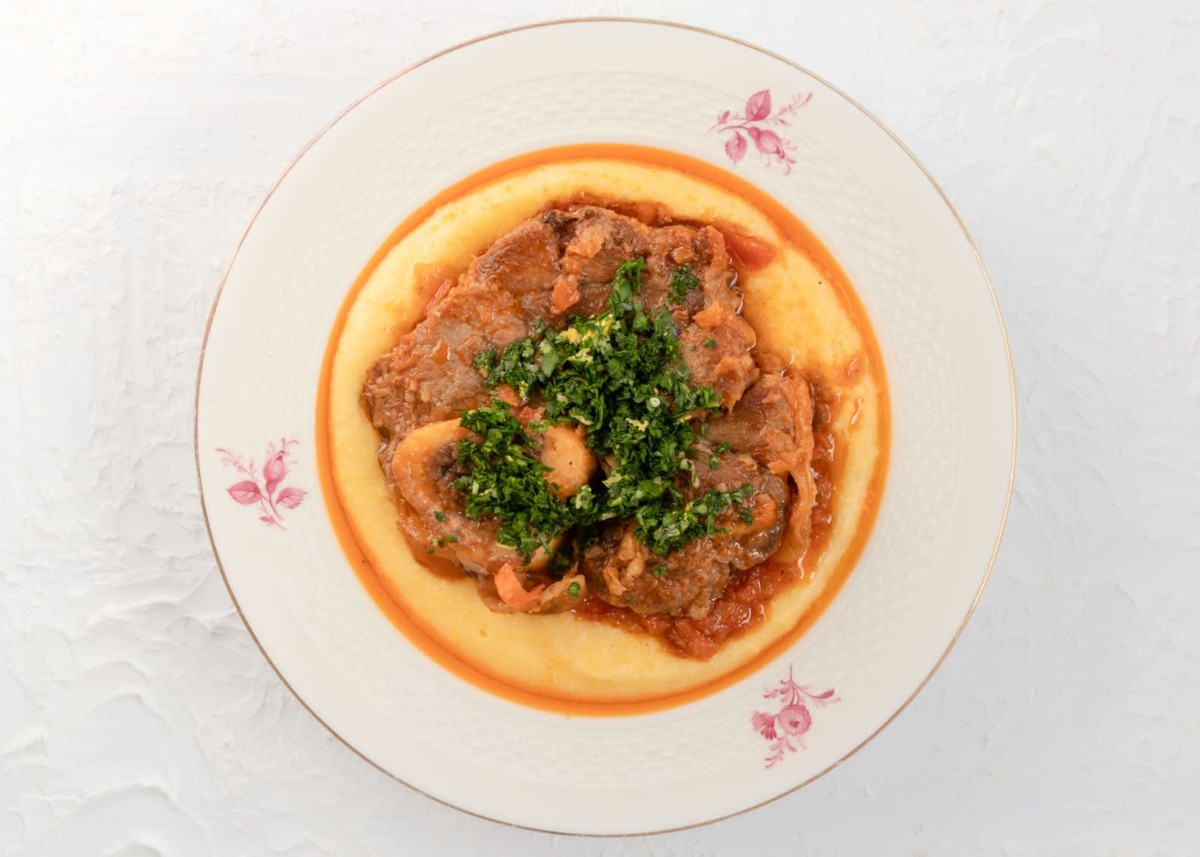
Braised veal - Ossobuco alla milanese with polenta
Ingredients
4 Ossibuchi from veal
- salt
- pepper, freshly ground
- some flour
- some butter
- 50 ml white wine
- 1 onion
- 1 celery stalk
- 2 carrots
- 2 tablespoon tomato purée
- approx. ½ l vegetable broth
Gremolata
- 1 garlic clove
- 1 lemon, untreated
- 1 small bunch parsley
- Polenta
- 370 g corn semolina, pre-cooked
- 1.5 l water, depending on the packet instructions
- ½ teaspoon salt
- 1 teaspoon butter
- 1 handful Parmesan, freshly grated
- pepper
Instructions
- Pound the ossibuchi. Make cuts in the edges to prevent the meat from curling during frying. Salt and pepper the ossibuchi and coat in flour. Tap off excess flour and add a little more salt. Heat a large frying pan – preferably metal. Add enough fat to the pan and fry the ossibuchi over a high heat for 4 minutes per side. Then slowly pour in the wine and let it evaporate. Remove the ossibuchi from the pan and set aside.
- Immediately fry the cleaned and coarsely chopped onion, carrots and celery in the juices. Season with salt and pepper. Pour in 1 ladle of broth and simmer for 5 minutes until the juices have reduced. Reduce heat. Return ossibuchi to the pan.
- Add tomato purée to a little broth (it dissolves better in warm liquid) and mix with the rest of the broth. Pour the liquid into the pan. Cover the pan and let it simmer gently for a good hour. The meat is good when it comes off the bone easily.
- Meanwhile, for the germolata, finely chop the garlic and parsley and mix with the grated lemon zest. Cover and leave to stand.
- For the polenta, first bring water to the boil. Add salt and stir in the cornmeal. The polenta will be ready in 8-10 (times here depend on the type of flour). Add the butter and Parmesan and stir until creamy. Season with pepper.
- When the meat is tender, you can also add some freshly ground pepper to round it off. You can strain or purée the sauce as desired. Serve the ossibuchi on pre-heated plates with the gremolada and creamy polenta.
Nutrition
Buon appetito!


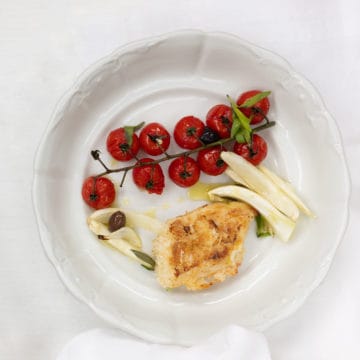
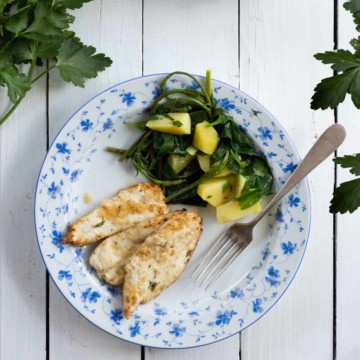
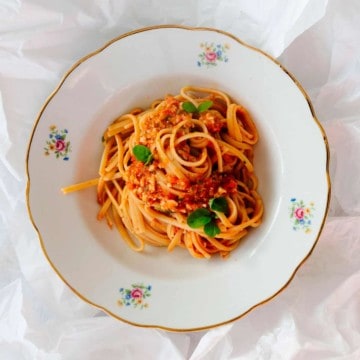
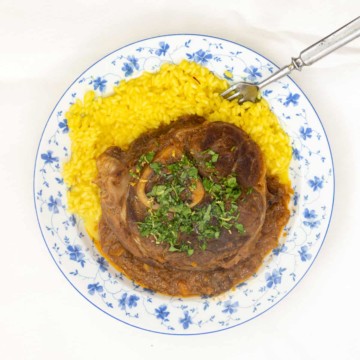
Leave a Reply